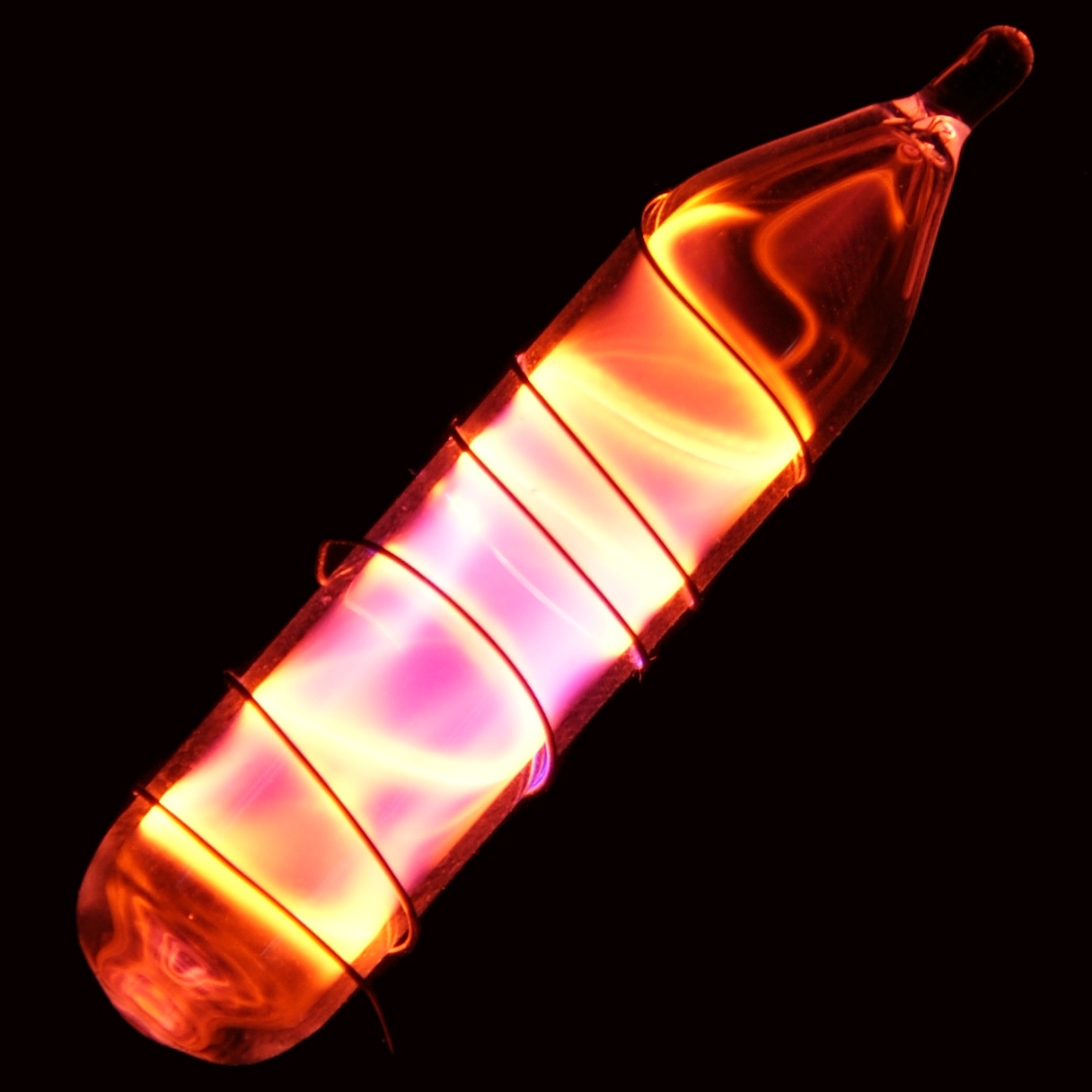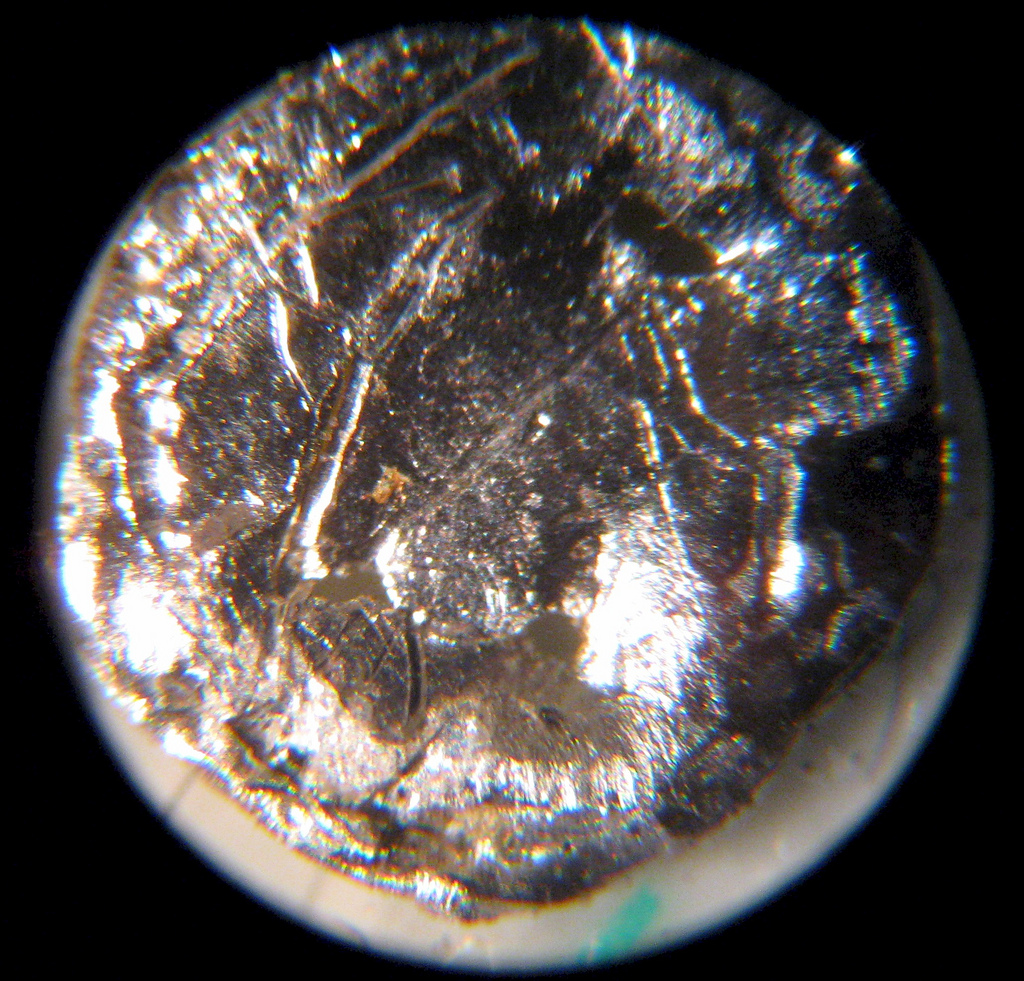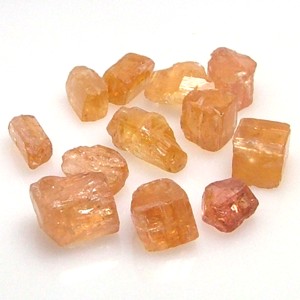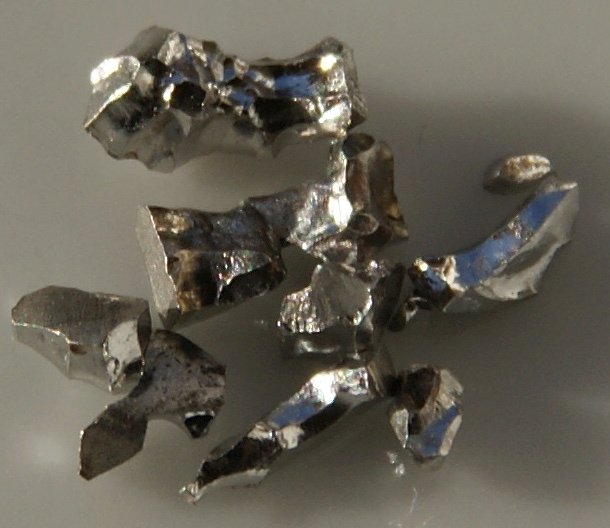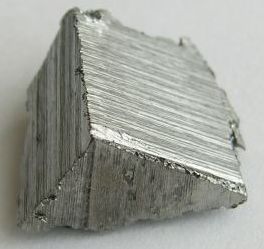 Ammolite is a very beautiful gem that is fairly new. It was discovered in 1981 by the ICGC as a new organic gem and is currently considered the rarest gemstone in the world.
Ammolite is a very beautiful gem that is fairly new. It was discovered in 1981 by the ICGC as a new organic gem and is currently considered the rarest gemstone in the world.The ammolite is a very interesting gemstone, and one that I was very excited to write up. The ammolite gem is actually the fossilized remains of an ancient sea creature called the ammonite. It was a form of squid/crustacean that swam the seas in the prehistoric times.
The name "ammonite" is derived from the name of the Egyptian god Ammon, who believed that the creatures were divine and beautiful. Ammon is represented in ancient literature by the head of a ram with twisted spiral horns that are reminiscent of an ammonites spiraled shells.
Ammolite is a multicolored gem that has very vibrant colors. This is caused by the aragonite in the stone. It glistens over in thin scales and as it layers more and the light hits it, it gets diffracted and gets the beautiful, glossy rainbow colors.
Where is it found?
Fossilized ammonite pieces are typically found all over the world, but AMMOLITE itself can only be mined in Alberta, Canada. Even though there are many fossilized remains, only about 5% of these produce ammolite, hence making it the rarest gem in the world. In a few centuries, ammolite may go "extinct", because when remains are gone, there will be no more remains.
The mystic ammolite
The legend of Ammolite goes back to the Blackfoot tribe of North America. Ammolite was discovered by the native Indians and used by them for years to ward off evil spirits.
It is believed by some Feng Shui masters that ammolite absorbed cosmic energy from the universe and, through the stone, it gives the owner health, wealth, and enlightenment. Considered a high energy stone it is said to enhance the harmony, vitality, and overall well-being of visitors and occupants of a home. Ammonite with layers of ammolite is thought to enhance the flow of Qi (life energy), to radiate strength, and to alter negative energy to positive energy. It is said that even for those that do not believe in Feng Shui, the presence of ammolite is considered beneficial.
Students of Feng Shui believe that ammolite absorbed the knowledge of the universe and that benefits are gained by anyone near it. The colors of ammolite represent the harmonious balance of fire, earth, metal, water, and wood.






